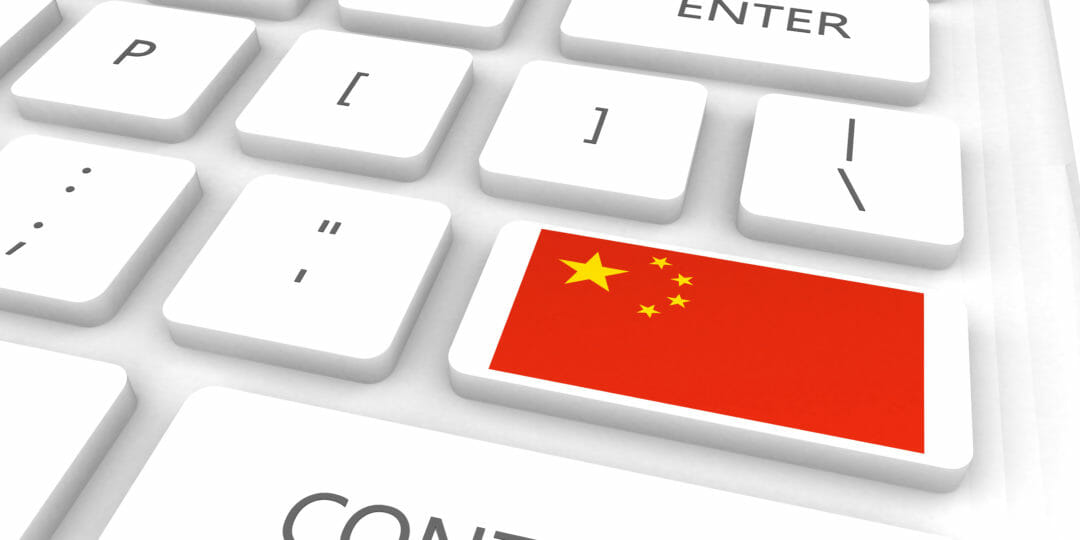On the morning of 29 March 2003, wire agencies and web sites in China carried solemn reports of the death of Microsoft’s founder and chairman, Bill Gates. It was two hours before they realised they had been tricked. By then, news of the error had spread around the world. “Gates ‘murdered’ by the Chinese”, wrote one commentator.
It was just the latest chapter in the occasionally strained relationship between the world’s richest man and the world’s most populated country.
To Gates, the gradual deterioration in the relationship has not been for the want of trying. While he has won a few concessions from the Chinese government over the years, and has had some success in selling Microsoft products in the country, the suspicion has remained that Beijing would rather take its chances without him.
The ‘one step forward, two steps back’ nature of the relationship was underlined in the spring when Gates, following a meeting with China’s president, Jiang Zemin, agreed to reveal the Windows source code to Beijing – only for the Chinese to go and develop their own distribution of the rival Linux operating system, called Red Flag Linux (yes, really).
More recently, Microsoft signed a promising deal with China’s education ministry to bring IT to China’s poorer primary schools. But shortly after, it was overshadowed by an altogether more significant tie-up between the Chinese government and Microsoft’s bitter rival, Sun Microsystems. China says that it wants to buy hundreds of millions of PCs based on Linux and other open standards including, possibly, Sun Microsystems’ Star Office personal productivity suite.
In the first step on the road, a Beijing-backed consortium called China Standard Software Corp is to buy up to one million Linux-based desktops from Sun.
The deal represented a serious blow to Microsoft. China’s IT market is growing at 20% a year, and annual software sales alone are expected to top $30 billion by 2005. The possible rewards to Microsoft – or any company capable of dominating the Chinese market – are clearly huge.
China is not the only local difficulty to be troubling Microsoft at present. In Brussels, the European Union’s investigation into Microsoft’s alleged anti-competitive behaviour is reaching a critical stage. In November, some of Microsoft’s chief rivals were called to give evidence, and a ruling is expected early in 2004. If found guilty, Microsoft faces a possible fine of up to 10% of its last full-year revenues, or as much as $3.2 billion.
In New York, investors cashed in after relatively disappointing results for Microsoft’s first quarter. For example, deferred revenue – an important indicator of the company’s underlying health in the corporate software sector – fell by $768 million to $8.2 billion. That seemed to indicate that many of Microsoft’s customers were still unhappy over changes brought in last year to its software maintenance policy, called Software Assurance.
At a time when many technology stocks were rising, Microsoft’s shares seemed to spent much of November heading south. To further underline that there may be limits to Microsoft’s power, both Symbian, the mobile phone operating system consortium (see above), and Nokia, one of the key equipment makers that is a member, suggested that Microsoft is making very little headway in its ambition to become a leading supplier of mobile phone software (see story on Nokia elsewhere in this issue).
But Microsoft’s core products – including Windows servers and Office desktop systems – remain dominant in their markets, notwithstanding the emergence of free alternatives. And Microsoft is beginning to make significant progress in some key enterprise markets, including those for customer management software and accounting software. Like stories of Gates’s premature death, reports of the demise of Microsoft have all so far proved to be exaggerated.






